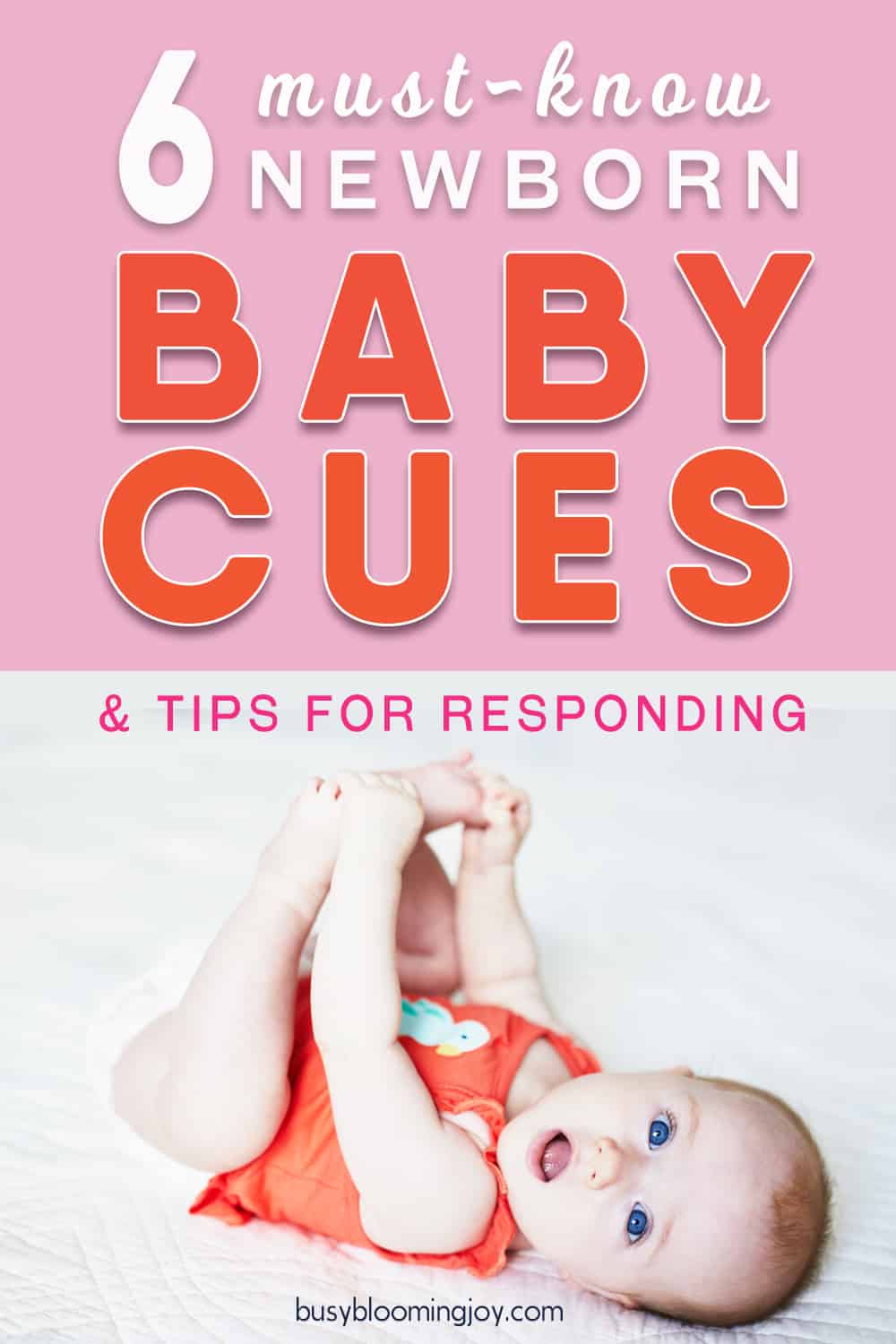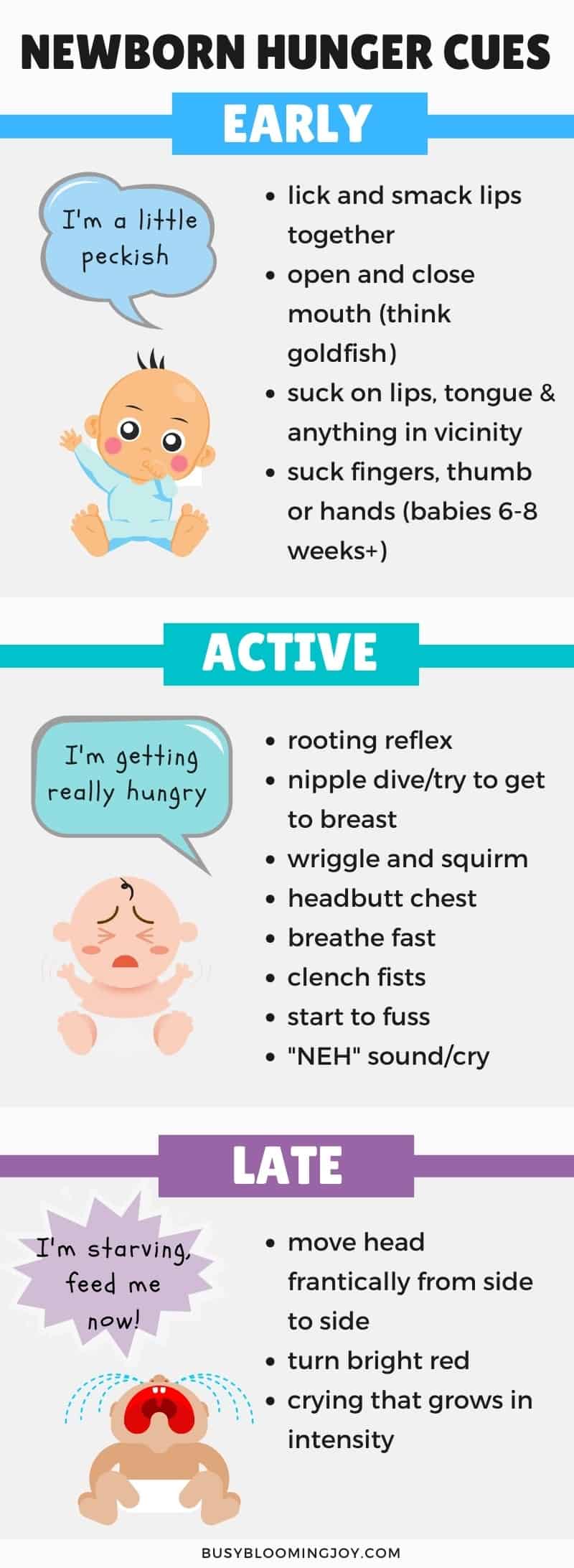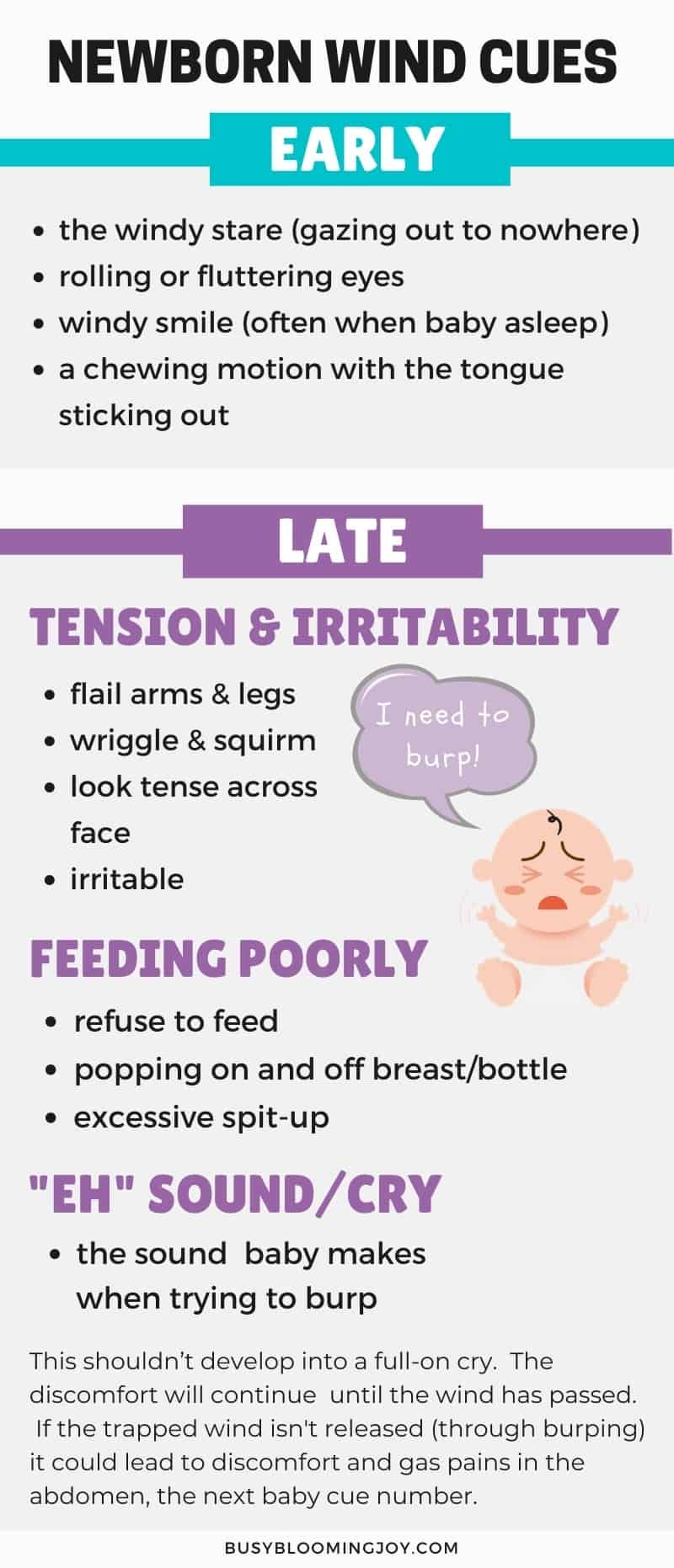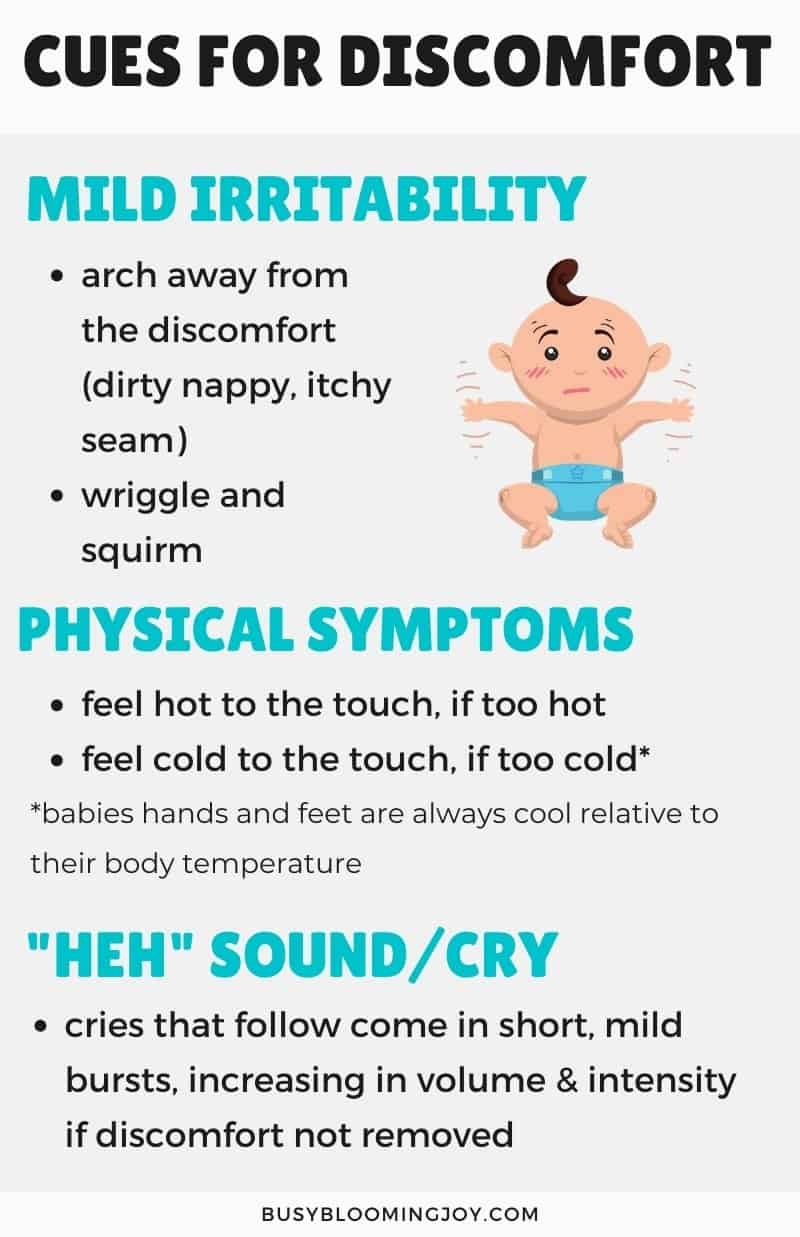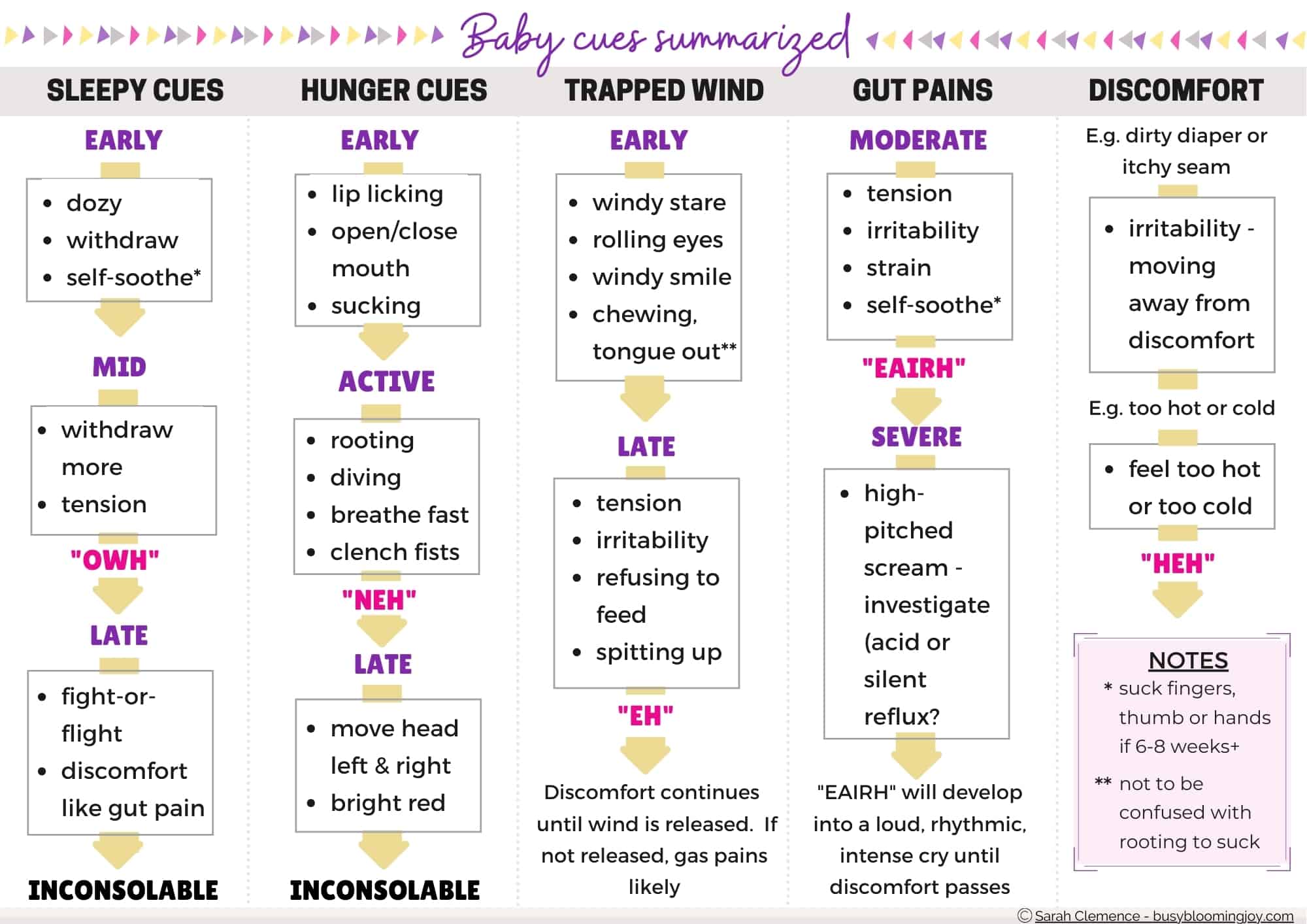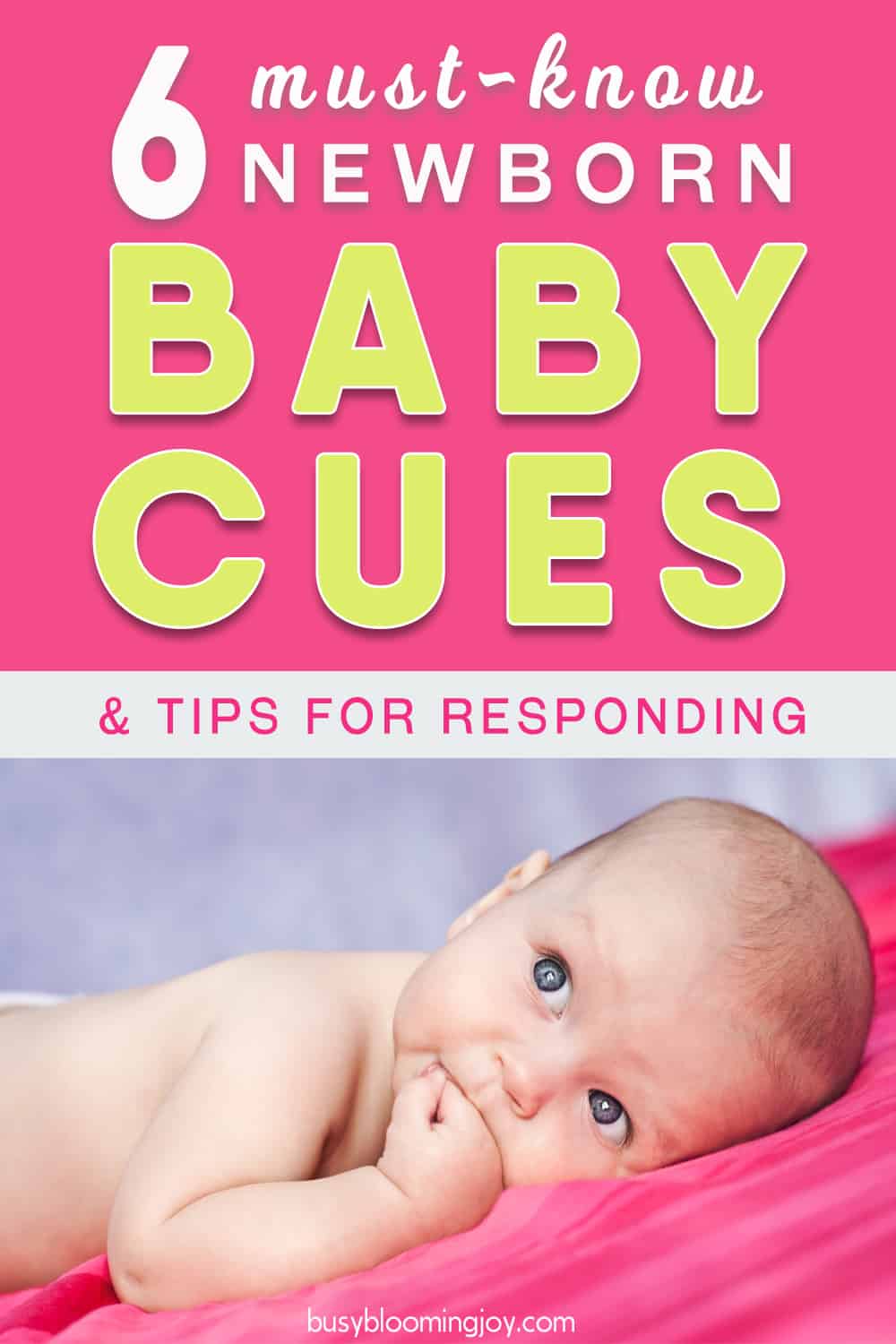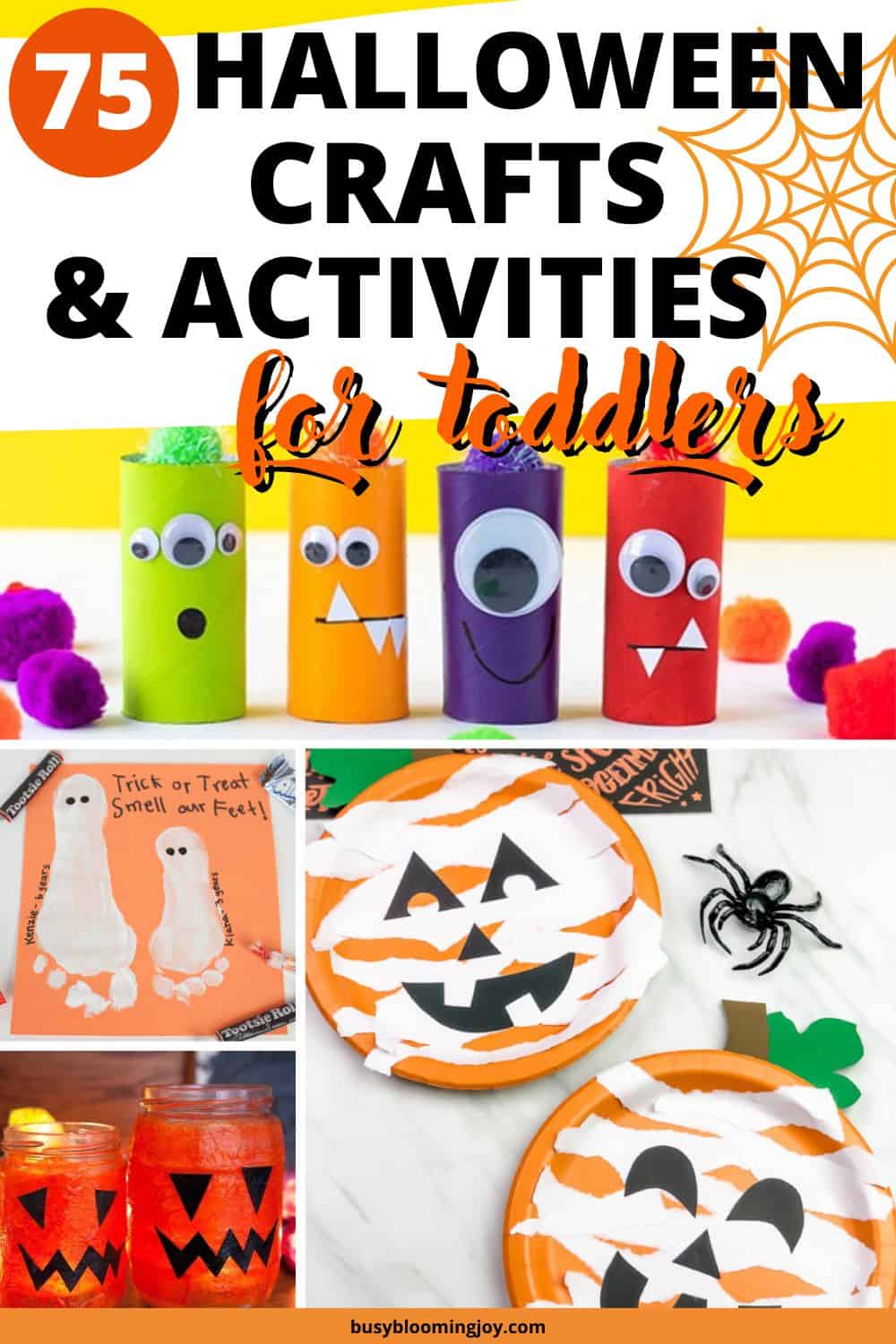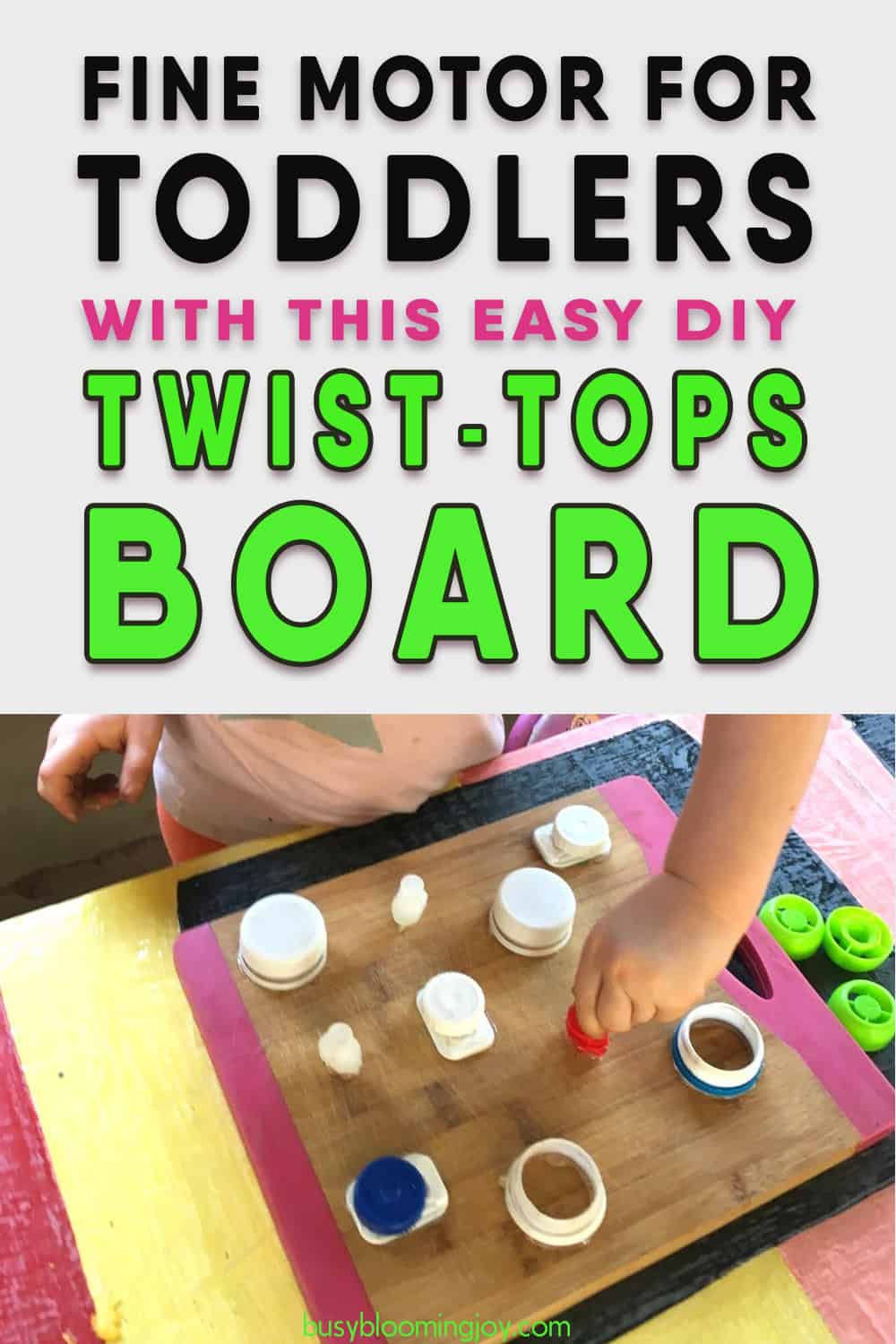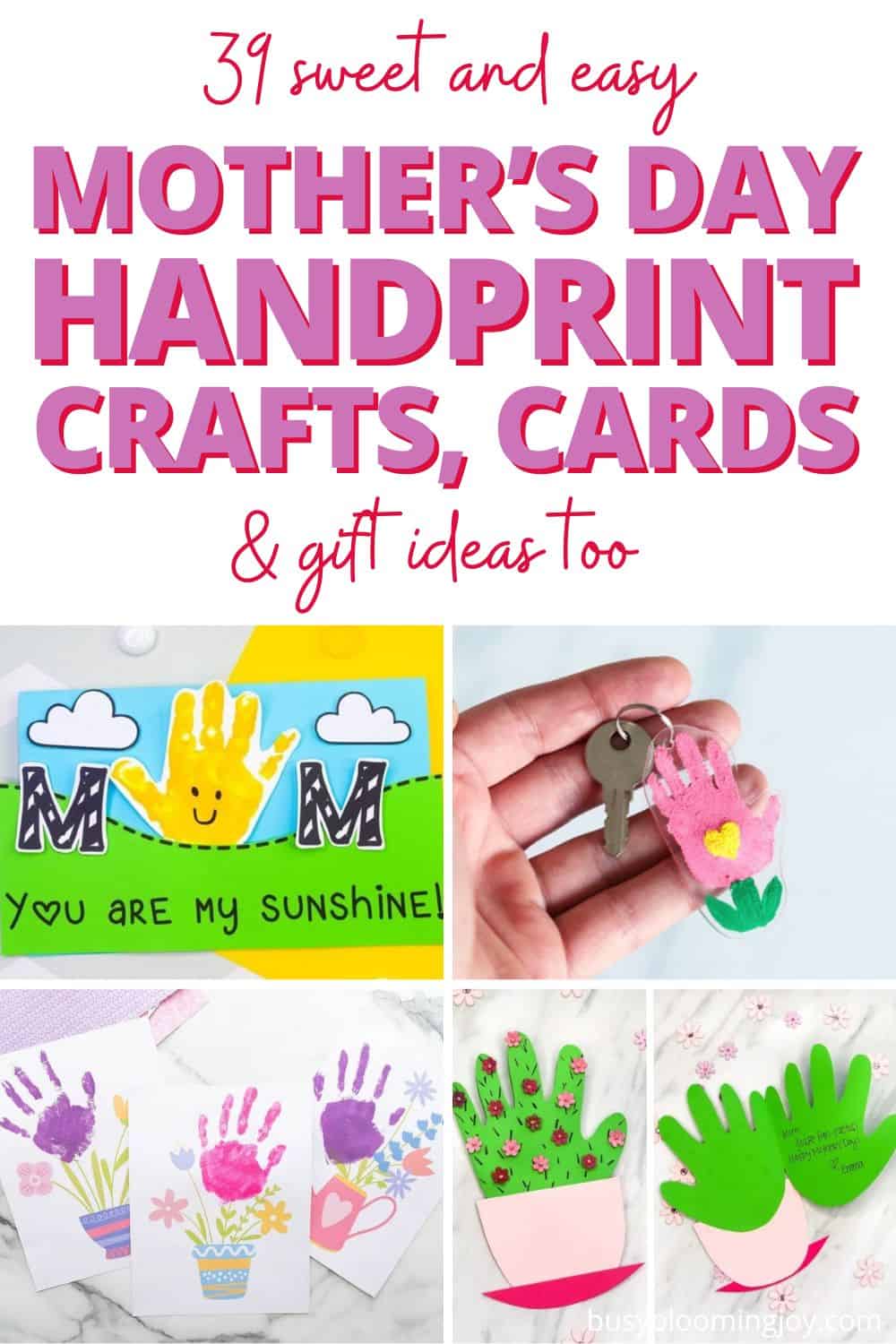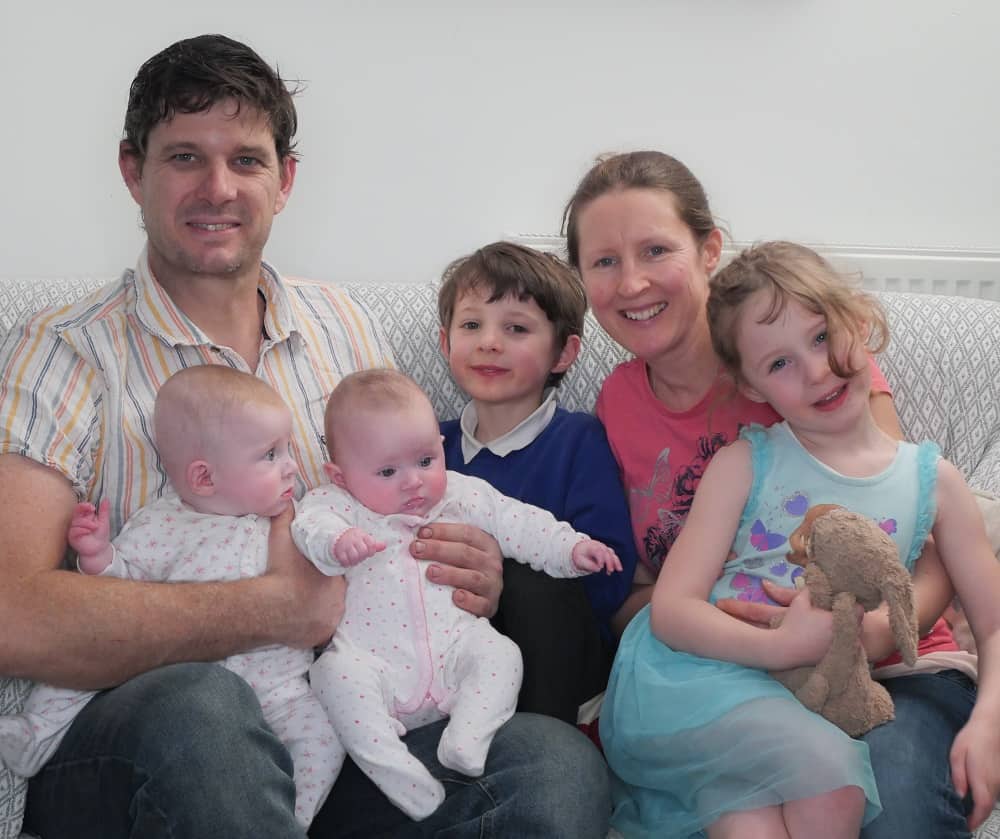Understanding baby cues, in particular your newborn’s cues or signals is something that should just come naturally, right?
Like many things “motherhood”, I thought I’d be able to understand what my baby needed and when. Instinctively. Because that’s what I was put on this earth to do…
Oh, my naivety…
If you’re here I’m guessing you’re also having a few struggles in the “how the heck do I know what my baby needs” department too.
I clearly understood that crying meant something was wrong but what took me a lot longer was figuring out what was going on beforehand, so we could avoid the screaming-at-the-top-of-the-lungs-in-desperation-because-mom-is-clueless altogether…
Table of Contents
ToggleWhat are newborn cues?
Babies use a lot of signals aka “baby cues” to communicate with us, both with their body and their voice or “newborn cues” if they’re still in teeny tiny (less than 3 months).
Body movements include that of the face, arms, hands, legs, torso; baby will normally use a combination of all of these.
Some are subtle but when you start to look and listen closely, many are actually quite obvious.
Newborn baby cries/sounds
Baby cries are subtly different; if you listen carefully you should quickly be able to distinguish several different ones.
We’re talking about low level, whinginess, the precursor to screaming the house down type crying – the latter is the type of cry that will result if any of your baby’s cues are ignored for long enough, whatever the initial need.
Luckily for us parents, Priscilla Dunstan worked with and studied the cries of hundreds of newborns and decoded what she calls the “Universal language of newborn babies”. (Within this baby cues post I’ve included video clips of those sounds.)
So to summarize:
“Newborn cues” & “baby cues” are the sounds/cries and body movements your baby will make to indicate exactly what she needs.
How long can I rely on cues to tell me what my baby needs?
Up until your baby starts to talk, well out of “baby” status as a toddler, your little one will use cues to communicate with you. With growth and development comes greater coordination and mobility, so your baby’s cues will gradually change. For example, when hungry, rooting and sucking will be replaced by walking towards the source of food.
The newborn/baby cues described in this post apply to the first 6-9 months of life, though your baby may still use some a little older. Don’t worry, by this point you should be well attuned to your baby, plus the changes will be gradual enough for you to keep up with.
Why is it important to learn to read a baby’s cues?
Learning and understanding baby cues will make your job a lot easier; it’ll prevent a lot of excessive crying if you’re able to respond to your baby quickly and effectively (and I’m not just talking about baby here…) Because there’s nothing more frustrating, exhausting and upsetting than not knowing what the dot-dot-dash is wrong… (Believe me, those days still haunt me now we are firmly in the equally testing delightful toddler years…)
There are obvious benefits to your baby who’s in need of food, help to burp, have a dirty diaper etc. A slow response to most baby cues will leave your baby physically uncomfortable and only get worse the longer she or he has to wait. Not to mention that it’ll be extremely unhealthy to leave a small baby without food for an extended period of time (a young newborn will need to feed every 3 hours, at the very minimum).
Related post: Newborn breastfeeding schedule: how to go from on demand feeding to scheduled WITHOUT leaving baby hungry
But there are also secondary benefits about understanding newborn baby cues:
- Builds trust and bonding, facilitating healthy attachment
- Promotes emotional and physical security and confidence in your baby, who’ll feel listened to, cared for and loved
- It’s the first step in baby’s ability to regulate her own emotions
All of these facilitate normal healthy brain development. No pressure then?! Fear not…
Wondering if you’ll ever be able to understand your baby’s cues?
Just like understanding how to breastfeed successfully your newborns sleep patterns (what “pattern” I hear you say) and how to leave the house with a newborn in less than 45 minutes, understanding baby cues or signals (both body language and their cries) is something you can learn.
If I managed, you can too!
In time you will instinctively know when your baby is tired vs. itching to play; you will know how to tell if baby has wind or is hungry and when he’s saying “I’ve had enough, I need a break.”
This post will show you how.

6 Newborn Baby Cues: Understanding Baby Cues
#1 Baby cues for hunger to watch for: “FEED ME”
Some hunger cues are pretty easy to read (trying to latch on anywhere near the milk bar is a pretty clear sign your baby is hungry) but some of the early cues are a little more subtle…
Early baby hunger cues: “Is it dinnertime now?”
- lick and smack lips together
- open and close mouth (think goldfish)
- suck on lips and tongue
- suck on anything near mouth (your finger, chest etc)
- suck fingers, thumb or hands (babies 6-8 weeks+)
Active baby hunger cues: “I’m getting really hungry”
- rooting reflex/root to suck (turn head, open mouth and suck when cheek stroked)*
- try to get to the breast/into feeding position
- launch towards the breast (nipple diving)
- wriggle and squirm
- hit mom/whoever is carrying her on the arm or headbutt the chest (older babies)
- breathe fast
- clench fists
- start to fuss and cry – more on the hunger cry in a bit
The newborn baby cry/sound for hunger = “NEH”
This is also an active hunger cue – so if you hear the “neh” it’s time to feed that baby.
The video below should start playing at the “neh” cry – we will get to the other cries later and link as relevant so no skipping ahead!
Late baby hunger cues: “I’m flipping starving, feed me now!”
- move head frantically from side to side in search of a nipple
- turn bright red
- cries are also long, low-pitched and repetitive, and will grow in intensity and pitch the longer she is made to wait. Feed that baby!
This video takes you through the hunger cues of a newborn.
Newborn baby hunger cues summary chart
This baby feeding cues chart clearly outlines the early, active and late hunger cues. Feed baby when you spot early feeding cues; always try to avoid getting to late hunger cues.
Newborn hunger cues that can confuse
This is super important – hence the pink shaded box!
For older babies (6-8 weeks old or older) sucking and rooting to suck isn’t always a sign of hunger, but one of the desire for comfort…
Sucking is also baby trying to calm down and seek comfort if tired, overstimulated or uncomfortable due to gas pains…More on these in the relevant baby cue sections coming up.
BEWARE THE COMFORT FEED! It may be tempting to feed your baby to provide this comfort, but this is not without risk! If baby still has a full tummy, this can overload her digestive system causing discomfort, fussiness and agitation.
More details here: Rooting to suck: is baby really hungry? And why you need to know (Hint: beware the comfort feed)
It’s also easy to mistake a chewing motion with the tongue poking out (think sulky teenager chewing gum), for rooting to suck. This is not a sign of hunger but actually an early wind cue which we will get onto later…
Tips for responding to baby’s hunger cues
1 – Respond early to hunger cues before baby is crying
The earlier you respond the better; so as soon as you notice the first signs that your baby is hungry you want to respond and feed your baby. (Refer back to the baby feeding cues chart.)
I’m a big advocator of a routine, even for a newborn baby (this is the newborn sleep and feeding schedule that my babies loved), but when your baby is hungry, you feed that baby!
In full screaming pelt, your baby’s tongue is high up on the roof of her mouth which makes latching on to the breast or bottle extremely difficult. Then once latched, baby may frantically gulp down milk and suck in air in the process. For this reason, responding quickly to your baby’s hunger cues is an absolute must-do avoid a gassy baby.
2 – If baby becomes frantically hungry, calm her first
Firstly, you will need to calm her before offering the breast/bottle.
If your baby has been waiting for a feed and is really upset, even if you manage to calm her enough to latch on and feed, her suck is likely to be disorganized and inefficient = more air sucked in.
In addition, she may be exhausted from crying and only take a small feed before falling asleep. This, of course, means that she will probably sleep for a very short time then wake for another feed as her tiny tummy quickly empties…
Again – feed when you spot those early hunger cues.
3 – Don’t automatically assume rooting to suck means hunger
As noted above, older babies 6-8 weeks+ will also root and look to suck for comfort.
Try to establish whether baby is really hungry before feeding (the upcoming baby cues sections should help with this)
4 – Don’t mistake a chewing motion with tongue poking out for rooting to suck
This is not a hunger cue! More on this is in the trapped wind baby cue section…

#2 Baby cues for seeking engagement: “PLAY WITH ME!”
Baby is calm but alert and keen to interact with the world. Your newborn will give you the following cues that she wants to interact and play:
- purse lips and make ‘ooh’ shapes with mouth
- coo and babble
- smile
- bright eyes, relaxed breathing and facial expression
- open eyes wide and try to make eye contact
- turn and look towards sounds
- relaxed body with slow, smooth body movements
- actively respond to you when you engage with her e.g. stare into your eyes, smile, babble or coo
Wondering what these look like? Check out the babies in this video below.
Tips for responding to your baby’s “play with me” signals
Interacting and playing with your baby is not only a wonderful chance to bond but is an important part of her healthy development. Interactions that stimulate the different senses, from listening, to vision, to movement is important for the development of more complex skills later on.
For some ideas of how to play and stimulate your newborn, check out 29+ simple tips for healthy newborn development (to keep you from going batty with boredom!)
1 – Gently does it in the early days
Newborns are not awake for very long in the first few weeks (even when they are, they spend most of the time attached to your nipple…) so take it slow and don’t force things.
Luckily, ‘play’ in these early days and even for several months of your baby’s life doesn’t need to be anything complicated. Interacting with you and the world around her will be more than enough.
So talk and sing to your baby, play “Round and round the garden, like a teddy bear”, rock her in your arms, bring your face close to hers and let her study it, take her for a walk…
2 – Watch carefully for signs that baby has had enough
Small babies cannot stay awake very long and tire easily. Keep an eye on how long baby has been awake (the ‘awake’ time) and watch carefully for signs of tiredness and overstimulation – see newborn baby cue #3.

#3 Tiredness & overstimulation baby cues: “I NEED A BREAK, I NEED TO SLEEP”
Baby can only play and stay awake so long before becoming tired, overstimulated and needing a break. The younger your baby, the quicker this can happen. Young babies can’t stay awake all that long before becoming tired and their new surroundings (vs. inside the womb) are still very new, so overstimulation can happily quickly and easily.
Being awake/becoming tired and a lot of stimulation eventually lead to the same place: the need to take a break and sleep.
Again, the quicker you respond the better. Picking up on early stress signals means you can avoid overstimulation and overtiredness.
Early cues indicating sleepiness: “I’m getting a bit fed up and tired”
Easy-to-spot tiredness cues include yawning as well as rubbing eyes and ears (in older babies). But there are a lot more tiredness and overstimulated cues to look for.
Baby may try to withdraw from what’s going on around her and:
- lose interest in surroundings
- not want to hold eye contact
She may also try to calm herself and self-soothe:
- curl into the fetal position
- become very still
- suck fingers, thumb or hands (babies 6-8 weeks+)*
*Note how rooting and sucking can be a sign of the desire for comfort rather than hunger
Mid cues for sleepiness “Leave me alone”
Your baby will attempt to withdraw further from the situation and:
- avoid eye contact
- stare vacantly, eyes glazing over
- splay fingers or put hands in front of face to say leave me alone
Signs of tension in her body and in her face also indicate tiredness or overstimulation:
- frown or knot eyebrows
- clench fists or clasp hands together
- straighten legs and generally look less relaxed
Baby may also show her discomfort to the feelings of tiredness and overstimulation and become clingy.
The newborn baby cry/sound for tiredness = “OWH”
Listen out for your baby making a sound similar to a yawn. If you yawn yourself (pretty much a given if you have a newborn) you will hear the ‘owh’ sound too.
The video clip below should start at the “owh” cry.)
Late cues your baby is tired – “I’m totally over this now, I need to sleep!”
With continued exposure to stimulation, baby will find it increasingly difficult to self-soothe; there’s just too much sensory input to overcome.
At this point your baby will show a lot of tension in her body and face:
- frantic, jerky movements and seem to have a lot of energy
- wriggle and squirm*
- arch back and neck*
- spit-up*
- grimace and screw up face*
- go bright red or very pale in the face*
- seem generally uncomfortable, irritable or agitated*
*These are better known as symptoms of trapped wind and gas pains.
As your baby becomes increasingly agitated and disorganized in her movements, she may even sneeze or hiccup.
The cries that follow: Cries will start out low and slow and gradually build in intensity until it becomes a full-blown and ear-deafening cry. If baby is still not removed from excess stimulation and/or allowed to sleep, baby will become inconsolable…
Overtired newborns react with inconsolable crying – “I’m unable to cope now…”
Baby is now in a high state of stress. This fight-or-flight response helps baby cope with the overtiredness and overstimulation, specifically by helping her stay awake.
Unfortunately, this is what makes it so hard to console and calm your baby; she will appear to fight sleep because her body is doing exactly that…pacing the streets with baby in a sling or driving around the block for hours is where you’ll be at.
Overtiredness and overstimulation are best avoided! So don’t make the mistake of thinking that the longer baby stays awake the better he or she will sleep.
Related posts: Overtired baby on your hands (refusing to sleep?) 3 tactics to prevent overtiredness that really work
Newborn baby tiredness cues summary chart
Tips for responding to baby’s tiredness & overstimulation cues
1 – Watch your baby closely to learn her unique signals for tiredness and overstimulation
The list of cues that a baby shows to signal their need for rest is long and varied plus the fight-or-flight response kicks in quicker in some babies.
So learning the signs of overtiredness and overstimulation for your baby is key.
- Maybe the biggest indicator of tiredness is your baby becoming still (fight-or-flight takes a while to kick-in)
- Or maybe your baby starts to become increasingly hyperactive, moving jerkily (fight-or-flight kicks in quickly)
It’s a case of watching and learning your baby’s cues and listening for the “owh” until you become attuned.
2 – Once you’ve spotted tiredness/overstimulation cues, reduce stimulation and/or allow baby to sleep
The response to stress and tiredness cues are the same, though there may be a few subtle differences if you suspect tiredness is the bigger culprit than stimulation or vice versa.
Tiredness may be the main issue if:
- baby has been awake a long time – for a guideline on awake times click here
- baby did not sleep well earlier in the day or even the day before (has only taken short naps or woke multiple times at night)
- baby is having a growth spurt or going through a developmental phase
So get baby into sleep mode; take baby into a sleep-inducing environment and carry out your normal sleep time routine to encourage baby to sleep. Aid baby if you need to.
Or it may be that excess stimulation is the main culprit; look at your baby’s environment.
A new environment and different stimulation (including new and unfamiliar friends and family wanting a cuddle) may overload baby’s senses and tire her quicker.
In this case, reducing the stimulation – stop playing taking baby into a quiet or familiar room, prying her from the arms of doting aunties or putting a cover over the buggy may be all it takes to calm and pacify her. If baby is tired and wants to sleep then you’re also giving her the chance to do that.
3 – Respond early! Don’t keep baby awake too long
Overtiredness = fight-or-flight response = baby impossible to settle.
And it gets worse…
Short naps, multiple-night wakings and waking at the crack of dawn are also symptoms of overtiredness and overstimulation.
So if you’re looking for baby to take lovely long 2-hour naps, sleep through the night and wake around 7am, (sounds good, right?!) don’t let your baby get overtired.
That means watching awake times, ensuring baby has plenty of day naps and enough sleep in total…
Related posts:
Struggling with an overtired baby? Why you need to act NOW & how to do it
Baffled by how much sleep baby needs? Baby sleep chart to the rescue!
4 – Careful not to misinterpret baby wanting to suck; beware the comfort feed!
Try to establish WHY baby is sucking before offering a feed.
Be sure to remove baby from the environment/reduce stimulation before offering a feed.
As mentioned in the hunger cue section, feeding baby with a full tummy (as a means of calming and pacifying) can physically overload the digestive system causing discomfort and further upset.
It’s also easy to develop a feeding to sleep association by constantly calming your baby by offering a feed – since overtiredness is part of the issue baby is highly likely to fall asleep mid-feed.

#4 Trapped wind baby cues: “I NEED TO BURP”
It’s totally normal and natural for babies to swallow air while feeding. It’s more likely in bottle-fed babies for a few reasons e.g. the seal between bottle teat and baby’s mouth is not normally as good as between boob and mouth.
In breastfed babies, poor latch, fast let-down and different feeding positions can cause baby to suck in extra air, while a baby with a tongue-tie will struggle to feed without swallowing extra air, whether breast or bottle-fed.
Interestingly, wind trapped in the upper regions of the stomach and throat of the newborn has a purpose (other than to irritate and cause discomfort). According to Phillipa Murphy, postnatal educator, author, mom and founder of BabyCues:
Ingested air is the initiator and/or helps to progress vision, smiles, mastication, first ever controlled arm movements and the first gooing and gaaing
This means that there are other cues that baby has trapped wind, long before you notice discomfort and irritability; early wind cues.
Early newborn wind cues
These include:
- the windy stare (gazing in the distance at nothing in particular)
- rolling or fluttering eyes
- windy smile (lips at corner of one or both sides of the mouth flickering up, often when baby is asleep) – see photo above
- a chewing motion with the tongue sticking out
(Sorry to burst your bubble if you thought your baby gave you an early smile, but social smiling only starts around 6 weeks of age.. )
You can read more about baby’s wind cues here.
Baby will be quite content for some time after showing these early wind cues but if this wind is not released and more air is ingested it’ll start to irritate and you’ll start to notice late wind cues.
Late wind cues your baby is holding too much air in their stomach
This is when you may see your baby:
- look tense across her face
- wriggle and squirm*
- flail arms and legs
- look generally uncomfortable & irritable*
- refuse to feed
Check the how-to-burp video to see some of these symptoms in action.
*Baby may also show these symptoms if tired and overstimulated.
The newborn baby sound/cry for the need to burp = EH
If you try and burp yourself, you’ll notice the natural ‘eh’ sound you make. So the ‘eh’ cry that you’ll hear is your baby trying to burp.
This is the same baby cries video, but this time it should start playing at the ‘eh’ cry.
This shouldn’t develop into a full-on cry. The discomfort will continue until the wind has passed. If the trapped wind is not passed it could lead to discomfort and gas pains in the abdomen, baby cue number 5.
Newborn baby cues for trapped wind summary chart
Newborn baby trapped wind cues that can confuse
You may have already spotted a few baby cues that have the potential to confuse.
How to tell if baby has wind or is hungry
A chewing motion with the tongue sticking out is often mistaken for rooting. It’s not of course, it’s a not particularly well-known early wind cue. The two are subtly different so you’re going to have to watch your little one closely to learn the difference. Feeding when baby isn’t hungry is best avoided as it can cause gassiness and discomfort.
Of course, tuning into your baby’s sounds is the way to go. “Neh” is the one to listen out for to indicate that your baby is hungry, “eh” means baby has trapped wind and needs to burp.
How to tell if baby is tired/overstimulated or has trapped wind
First step, listen to those baby cries: ‘”eh” for the need to burp vs. “owh” for tiredness.
If in doubt, assume tiredness/overstimulation is the cause FIRST, so remove baby from the stimulation and try to calm and pacify her. Hold her in a comfortable position that will also encourage baby to burp (e.g. the colic carry, see below) rather than frantically trying to wind your baby, which may only stimulate and irritate further.
Tips for responding to baby’s need to burp
So you’ve worked out how to tell if baby has wind or is hungry and wind is the issue. So what should you do, both short- and long-term?
1 – Burp baby at the first sign of wind
If you spot any of those early signs of wind (i.e. your baby is smiling but is younger than 6 weeks old) then respond and burp your baby. This should prevent further discomfort and more severe gas pains.
2 – Burp baby a lot – more than you think
Wondering how many burps is enough? Well, it’s probably a lot more than you’re thinking. Babycues recommends the following total number of burps during/after a feed:
- baby aged 0 to 2 weeks: minimum of 10 burps
- 2 to 6 weeks: minimum of 10 burps but aim for 20
- 6 to 12 weeks: minimum of 15 burps but aim for 25
This is obviously just a guideline; 1 large burp may be equivalent to 3 small ones. Plus, this number will vary depending on just how gassy your baby is.
3 – Experiment with different positions to help stubborn trapped wind and keep baby comfortable
There are a lot of different burping techniques but as a rule you want slow, firm movements that put pressure on the abdomen and squeeze the air out.
Here’s a great video example:
Certain positions like the ‘colic carry’ and tummy time are also helpful in squeezing out a burp as well as alleviating the discomfort of trapped wind at the same time:
- Tummy time – place baby on her front and let her explore her surroundings. As she stretches up gentle pressure will be placesd on her abdomen, helping to expel gas. This is also great for strengthening the core and neck muscles.
- Colic carry (also called Tiger in the Tree) – lie baby with her tummy along your forearm. The photo should clarity my arguably fuzzy explanation!
Unfortunately, so far there’s no evidence that gas drops (simethicone), so Gerber Gas Relief Drops, Mylicon, Phazyme or Infacol help alleviate trapped wind.
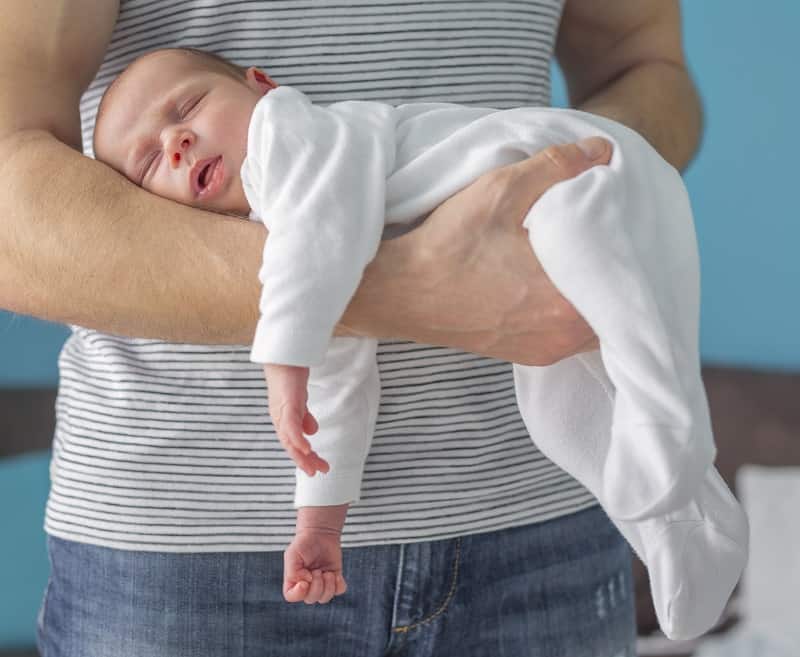
4 – Figure out what is causing your newborn to be gassy
If your baby is particularly gassy, it’s definitely worth taking the time to get to the root cause of the gassiness. To read more about the causes of and remedies for baby swallowing excess air, this link will jump you straight to the relevant section in the gassy baby post.

#5 Baby cues for gut/gas pain: “I HAVE A LOT OF DISCOMFORT & PAIN IN MY GUT”
Inadequate burping can mean that air ingested when feeding remains trapped and is eventually pushed down into the gut, causing pain and discomfort.
In addition, they also often experience abdominal pain due to gas produced in the gut, for various reasons:
1 – An imbalance of gut bacteria
Research has shown that gassy babies that cry a lot have too many bad bacteria and too few good ones leading to more gas being released in the gut. This could be due to antibiotics, upsetting the balance. Infant probiotics (such as BioGaia Probiotic Drops) can help.
2 – Comfort feeding and over-feeding
In both, undigested milk is forced from the stomach into the gut. This milk ferments in the gut which produces gas.
3 – Hind/foremilk imbalance if breastfeeding
Caused by oversupply in mom or switching breasts before baby reaches the hindmilk (hence making sure the breast is fully drained before switching to the other is one of the 5 golden rules for successful breastfeeding.
4 – Sensitivity to breastfeeding mom’s diet or formula
Many babies are born intolerant to cow’s milk proteins, which they will ingest via breastmilk if mom eats dairy or via cow’s milk-based formula. If you belive this to be the case, check out: My baby is gassy. Is it a sensitivity to dairy or something else?
To read more about the causes of and remedies for baby producing extra gas in the gut, this link will jump you straight to the relevant section in the gassy baby post.
Moderate gut/gas pain
A baby who is uncomfortable or in pain due to gassiness will be fussy and generally irritable, and show tension in her body and face:
- flail arms and legs
- clench fists – see photo above
- grimace
- be red-faced
Baby may try to alleviate the discomfort and:
- curl into fetal position
- arch back and neck
- suck or root to suck
Severe gut/gas pain
A high-pitched shriek is a sign of more severe gas pain, and may be worth investigating further. It could indicate silent reflux or, if accompanied by excessive spit-up, acid reflux (the burn of the acid hitting the esophagus causing baby to scream out.)
My daughter suffered badly with reflux and it was a huge struggle for her (and for me). Luckily there are lots of things you can do to get to help your baby as well as medication if all else fails. Check out this reflux remedies post for details.
Baby may also grunt, groan and strain in an attempt to pass a poop, which, when passed, should instantly relieve the discomfort.
The newborn baby sound/cry for gut discomfort and pain = “EAIRH”
This is the noise that baby makes as she squeezes her abdominal muscles and strains to expel gas out of the other end…just like when you have a stubborn one (sorry to get graphic but it makes it easy to understand and remember this specific baby cry if you mimic the associated action!)
Same video below – this time playing the ‘eairh’ sound.
The cries that follow: The ‘eairh’ sound will develop into a loud, rhythmic and intense cry until the discomfort passes.
Newborn baby cues for gut/gas pain summary chart
Newborn baby cues for gut & gas pain that can confuse
Yup, more confusion to decipher…
How to tell if baby is tired/overstimulated or has gas pains
Clenched fists, grimacing and a red-face and curling into the fetal position can indicate tiredness or gas pains. Again, those cries or sounds will help you deciper this baby cue: “owh” for tiredness” vs. “eairh” for gas pains.
In any case, the short-term solution is pretty much the same – to calm and pacify baby.
How to tell if baby is hungry or gassy
Sucking & rooting to suck can indicate hunger in older babies 6-8 weeks+ as well as the desire for comfort, due to gassiness in the gut.
So if you’re wondering how to tell if baby is hungry or wants comfort, the answer is pretty much the same: you need to listen out for the “neh” to indicate hunger vs. “eairh” for gas pains. You do want to be pretty sure baby is genuinely hungry before feeding, since “comfort feeding” can lead to further gassiness and discomfort.
Tips for responding to baby’s gas/gut pain
You may have figured out how to tell if baby is hungry or gassy and come to the conclusion that gas and gut pain is the answer. But what to do? That low down pain can be tricky to help baby with..
1 – Make your baby more comfortable
This is where the colic carry can help, as mentioned above. Here are some more natural remedies you can try to calm your fussy baby.
2 – Figure out what is causing the gassiness and pain
This is where it gets even trickier…
Does a comfort feed lead to more pain and irritation? If so, that could be the issue – so try to avoid comfort feeding and find other ways to calm and pacify baby.
Infant probiotics may be worth a go; whereas there’s no evidence that gas drops help, probiotics are effective in reducing the crying times in gassy babies by improving the balance of good and bad bacteria (as concluded by The American Academy of Pediatrics in 2018).
So look for probiotics which contain L. reuteri DSM 17938 (such as these BioGaia Probiotic Drops.)
For more on trapped wind, abdominal discomfort and gas pains, and all the causes and solutions, be sure to check out the full gassy baby post.
NB: please ignore the bottle of, what I think is meant to be, antacid in the baby cries video. Antacids should only be given to babies with severe reflux (and are only available on prescription). You can read all about reflux and reflux remedies here.
3 – Wait it out
If your baby is straining and pushing a lot, it may be a case of waiting for one hell of a poop to pass… This will release the trapped wind and instantly ease the pain.
4 – Beware the comfort feed!
I’m beginning to sound like a broken record now, but if gas pain is the issue, feeding baby could add to her discomfort, making the situation worse…
#6 Baby cues for discomfort: “I’M UNCOMFORTABLE/SOMETHING IS IRRITATING”
This is normally a reaction to something irritating the skin. A dirty nappy is the most common one (so these are baby cues for a diaper change) but a babygro that’s too tight or has an itchy seam would cause the same reaction.
Being too hot or too cold could also have the same effect.
Your baby might:
- arch away from the discomfort eg the dirty nappy, itchy seam
- wriggle and squirm
- feel hot to the touch, if too hot
- feel cold to the touch, if too cold (remembering that babies hands and feet are always cool relative to their body temperature)
The newborn baby cry/sound for discomfort = “HEH”
Same video below – this time playing the ‘heh’ sound.
The cries that follow: come in short, mild bursts but if you don’t respond and make baby more comfortable, volume and intensity will increase!
Newborn baby cues for discomfort summary chart
Tips for responding to baby’s discomfort
Nothing to add here, other than some guidelines to ensure baby is at a comfortable temperature, from the Lullaby Trust (infant safe sleep specialists).
Baby cues summary printable chart
Hopefully, this chart will help to summarise all that information.
Baby cues & behaviors that signal different needs
This has been pointed out throughout the post and is also indicated in the newborn baby cues summary chart above that there a few different behaviors that indicate different needs.
For example, sucking and rooting to suck (a hunger cue but also one of comfort) and things like grimacing, clenching fists and arching of the back and neck (which can indicate overtiredness and overstimulation as well as gas pains).
Tuning into those baby sounds or cries is key! This can really help to crack the baby cues code.
Final thoughts: following your newborns cues can help make the 4th trimester easier on both mom & baby
Hopefully, that’s given you a bit of guidance into what your baby is trying to tell you. Of course, not all babies will use all the cues mentioned all of the time and your baby will have her own unique way of communicating her needs to you.
Refer to the baby feeding cues chart and other summary charts and listen to those baby sounds alongside your own baby’s, and you’ll be halfway there to understanding baby cues.
Remember that the baby cues for tiredness and overstimulation can be particularly variable between babies; you’re going to have to watch and listen to your baby like a hawk until it becomes a little clearer.
The quicker you respond the better, whatever the baby cue, but particularly when it comes to tiredness and overstimulation. So, once you’ve figured them out and start to spot them, make sure you allow baby the chance to take a break and fall asleep before that flight-or-flight response kicks in (a sure-fire way to an inconsolable overtired baby).
But, if baby is is sucking or rooting to suck, PAUSE FIRST. This is also a sign of the need for comfort; the desire for comfort may be due to gas pains, tiredness or overstimulation. You need to learn how to tell if baby has wind or is hungry.
AVOID COMFORT FEEDING which can overload the digestive system resulting in discomfort and irritability. It’s also an easy route to a sleep association (that’s anything but easy to break).
Finally, when you see the signs of trapped wind then burp, burp, burp and if baby frequently has gas pains, getting to the root of the gassiness needs to be next on the agenda! (Not easy, I know, I’ve been there….)
That gassy baby post again: Got a gassy baby? 16 Common causes & remedies to fix them for good
Hope this was useful! Any questions, let me know in the comments.


